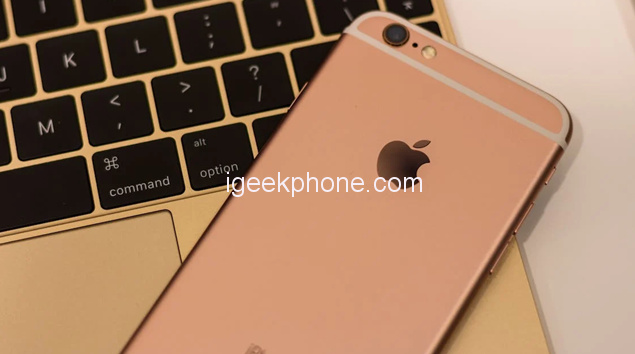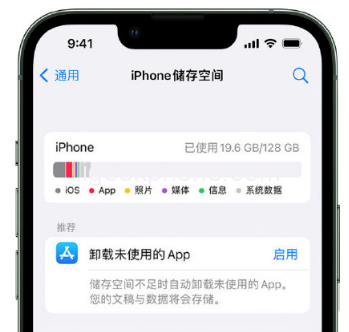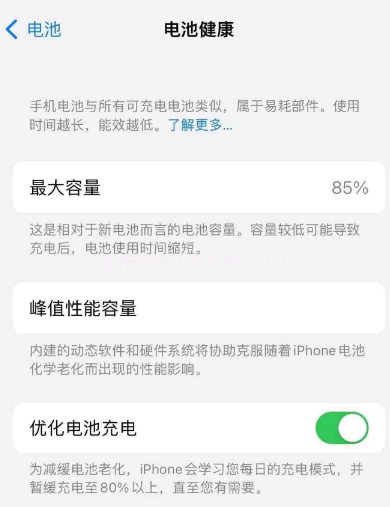If your iPhone exhibits slow performance, freezing, or other issues over time, you can address and troubleshoot these problems by following the information below.
Check the network status. 
To ensure optimal app performance, it’s crucial to have a stable network connection. You may encounter sluggish app behavior if you experience a poor network signal. For instance, when you’re in a moving vehicle, your device continually reconnects to new cell towers, which can also result in reduced performance.
Even if your device displays a good cellular signal, you may need to wait, attempt again from a different location, or utilize available Wi-Fi networks to improve connectivity.
Close unresponsive apps
When an app freezes or becomes unresponsive, you can resolve the issue by force-closing it and reopening it.
On iPhone X or later models or iPad, swipe up from the bottom of the screen and pause in the center of the screen. Double-click the Home button for iPhone 8 or earlier to view your recent apps. Locate the problematic app, swipe up to close it, and then relaunch it.
If a particular app consistently experiences abnormal problems like freezing, consider updating it to the latest version.
Ensure sufficient storage space.
To maintain optimal performance, checking your device’s storage capacity regularly is essential. You can do this by navigating to “Settings” – “General” – “iPhone Storage.” Having at least 1GB of free space is recommended for optimal performance. If your available storage consistently falls below 1GB, your device may slow down as iOS or iPadOS continuously manages storage to accommodate additional content.
Use Niu Xuechang’s Apple data management tool to back up your data selectively. This tool allows you to back up videos, music, contacts, text messages, applications, and other data to your computer, freeing up storage space on your iPhone.
Avoid extreme temperatures
Extreme temperatures can affect your device’s performance. Suppose your device becomes excessively hot due to external conditions (e.g., being left in a hot car or exposed to direct sunlight for a prolonged period). In that case, the system will adjust its performance accordingly. To regulate the temperature, move your device to a more fantastic location.
Similarly, frigid temperatures can also cause your device to slow down. If your device exhibits slow performance after exposure to a cold environment, relocate it to a warmer place.
Monitor battery health
Over time, the rechargeable batteries in all iPhone and iPad models degrade, resulting in decreased capacity and peak performance. You can check your battery health by navigating to “Settings” – “Battery” and tapping on “Battery Health.” If the maximum battery capacity falls below 80%, it’s advisable to consider replacing it for an improved experience.
Conclusion of Improve iPhone Performance
By following the steps above, you can effectively address performance issues on your iPhone, ensuring optimal functionality and a smoother user experience.
Read Also: iPhone 15 Pro latest rendering: similar far peak blue color, titanium frame.
Do not forget to follow us on our Facebook group and page to keep you always aware of the latest advances, News, Updates, review, and giveaway on smartphones, tablets, gadgets, and more from the technology world of the future.











